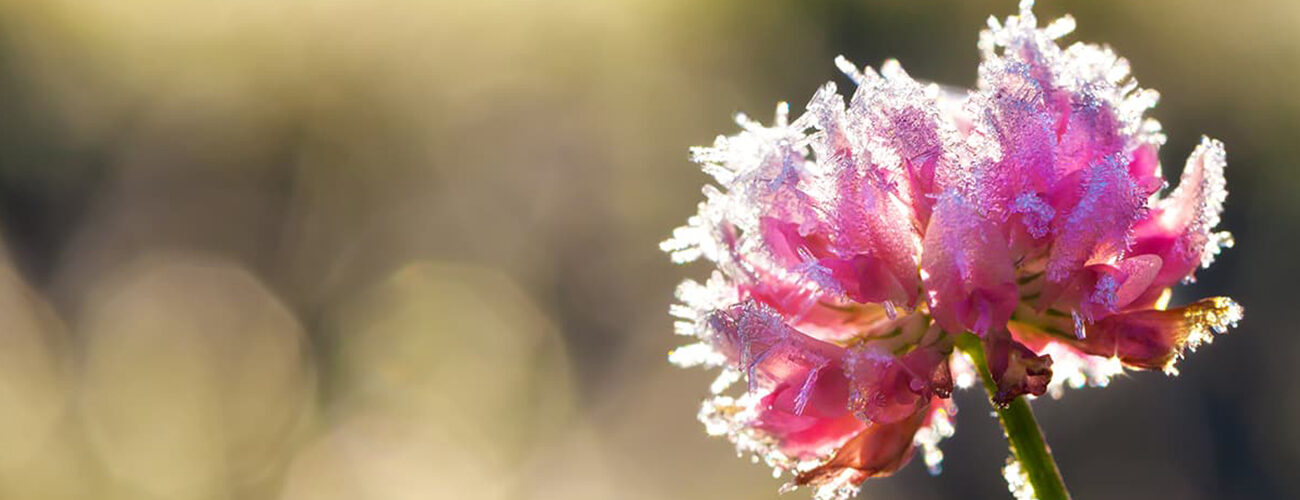When searching for plants to buy, whether online or in person, you will often come across labels or descriptions that indicate a plant’s ability to survive in different temperatures. These indicators may take the form of words, such as ‘hardy’ or a numbered code like ‘H5’. It is important to understand what these indicators mean in order to select the most suitable plants for your garden. By following the ‘Right Plant Right Place’ principle, you can avoid the disappointment of seeing your plants fail to thrive or die. It will also save you money because it is costly to constantly replace them. Knowing a plant’s hardiness rating can aid in making more informed choices.
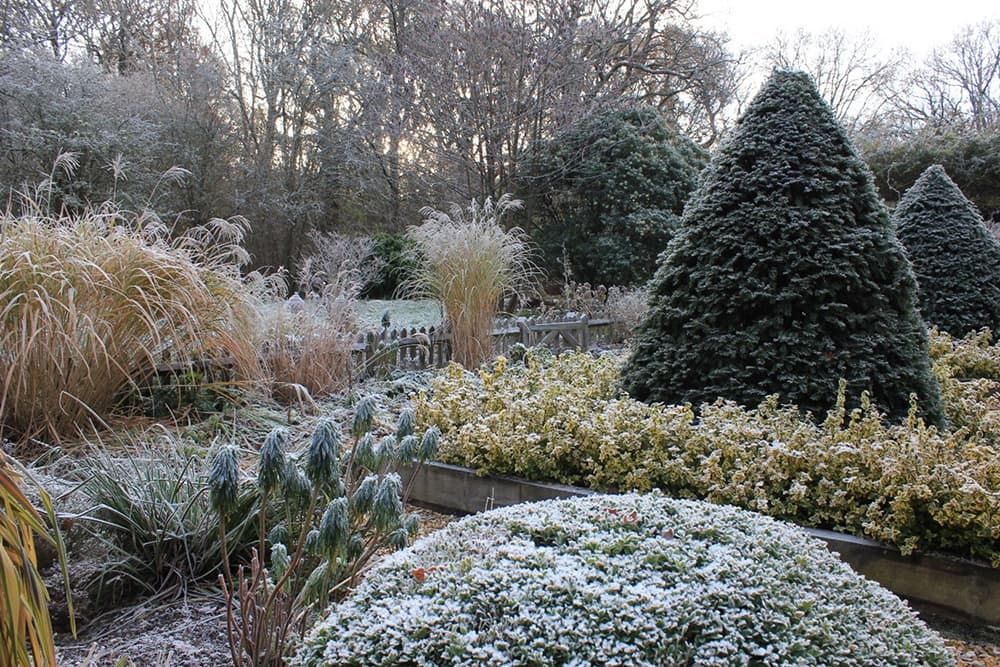
What is Hardiness?
Hardiness refers to a plant’s capacity to endure cold weather and whether it can survive the winter outdoors. To help gardeners select suitable plants for their gardens, the Royal Horticultural Society (RHS) has established a rating system. These ratings group plants based on the lowest temperature they can withstand. Different plants have varying degrees of cold tolerance and can adapt to endure different levels of cold. While some can withstand light frost for a few hours, others can withstand extended periods of freezing temperatures.
This rating system runs from hardiness level H7 (plants that can survive temperatures below -20°C to H1a (plants that must be kept above 15°C).
| > 15℃ |
H1aHeated Greenhouse - TropicalNeeds to be grown as a house plant or under glass all year. |
| 10 to 15℃ |
H1bHeated Greenhouse - SubtropicalCan be grown outside in the summer in hotter, sunny and sheltered locations (such as city centre areas), but generally performs best as a house plant or under glass all year round. |
| 5 to 10℃ |
H1cHeated Greenhouse - Warm TemperatureCan be grown outside in the summer throughout most of the UK while day-time temperatures are high enough to promote growth. (Most bedding plants, tomatoes and cucumbers). |
| 1 to 5℃ |
H2Tender - Cool or Frost-free GreenhouseTolerant of low temperatures but will not survive being frozen. Requires glasshouse conditions except in frost-free inner-city areas or coastal extremities. Can be grown outside once risk of frost is over. (Most succulents, many subtropical plants, annual bedding plants, many spring-sown vegetables). |
| -5 to 1℃ |
H3Half Hardy - Unheated Greenhouse/Mild WinterHardy in coastal and relatively mild parts of the UK except in severe winters and at risk from sudden (early) frosts. May be hardy elsewhere with wall shelter or good microclimate. Likely to be damaged or killed in cold winters, particularly with no snow cover or if pot grown. Can often survive with some artificial protection in winter. (Many cordylines, tree ferns, some shrubs and perennials like dahlias). |
| -5 to -10℃ |
H4Hardy - Average WinterHardy though most of the UK apart from inland valleys, at altitude and central/northerly locations. May suffer foliage damage and stem dieback in harsh winters in cold gardens. Some normally hardy plants may not survive long wet winters in heavy or poorly drained soil. Plants in pots are more vulnerable to harsh winters, particularly evergreens and many bulbs. (Many herbaceous and woody plants, winter brassicas, leeks). |
| -10 to -15℃ | H5Hardy - Cold WinterHardy in most places throughout the UK even in severe winters. May not withstand open/exposed sites or central/northern locations. Many evergreens will suffer foliage damage, and plants in pots will be at increased risk. (Many herbaceous and woody plants, some brassicas, leeks). |
| -15 to -20℃ | H6Hardy - Very Cold WinterHardy in all of UK and northern Europe. Many plants grown in containers will be damaged unless given protection. (Herbaceous and woody plants from continental climates). |
| -20℃ > | H7Very HardyHardy in the severest European continental climates including exposed upland locations in the UK. (Herbaceous and woody plants from continental climates). |
Some plant descriptions may not use the RHS hardiness ratings to classify their plants. It is useful to be aware of other common terms used to describe hardiness.
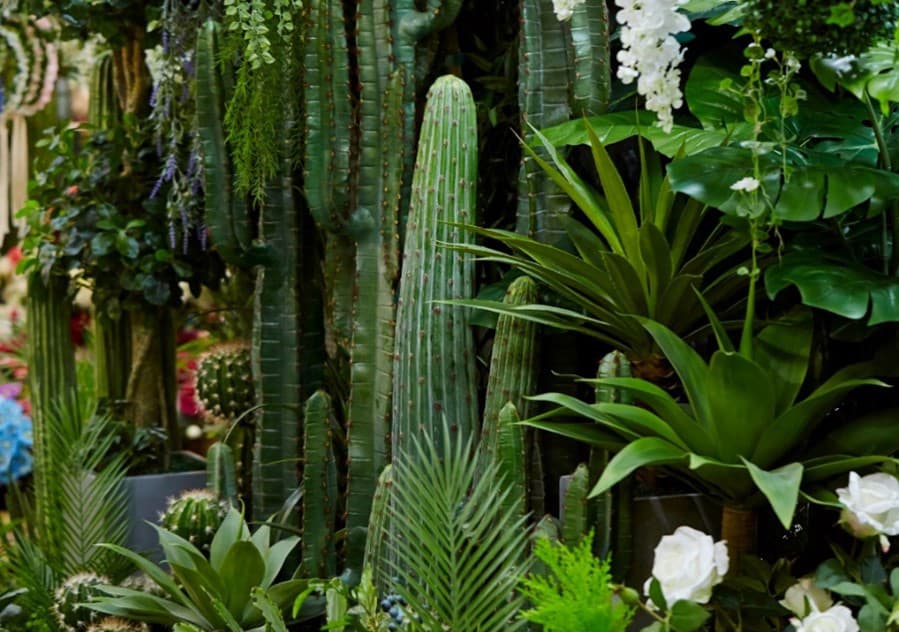
Tender – corresponds to levels H1a, H1b, H1c and H2 on the RHS hardiness rating table. It refers to plants that can’t survive temperatures below 0°C. Many tropical plants will not survive below 15°C. This will include most houseplants, although some may be able to go outside in summer. Much of the typical summer bedding and hanging basket plants like petunias and geraniums will also be included in the tender category. It is important to keep these plants protected until after the last frost.
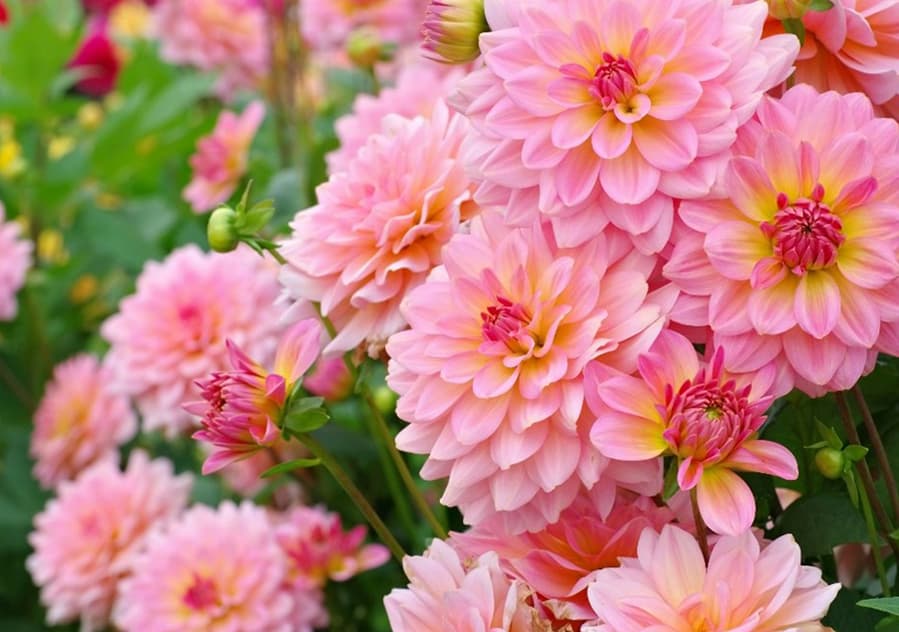
Half-hardy – corresponds to level H3 on the RHS hardiness rating table. These plants will typically cope with brief drops in temperature down to -5°C. They may survive winter outdoors in mild areas but will need protection in most of the UK. Dahlias are generally H3 as are Coprosma, Cordylines and Tree Ferns.
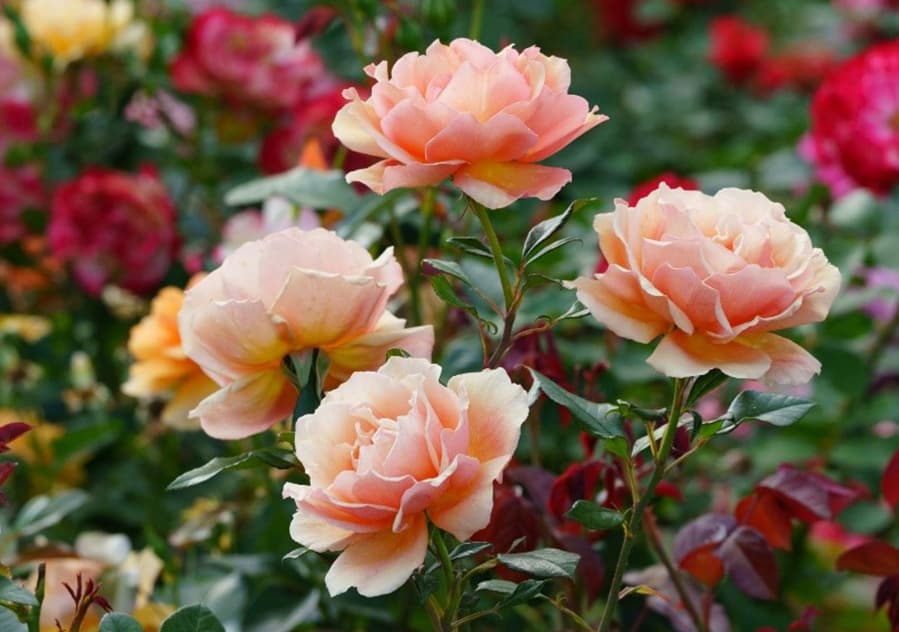
Fully hardy – corresponds to levels H4-H7 on the RHS hardiness rating table. these plants will survive a minimum temperature of at least -10°C. They include most roses, many shrubs and alpines and UK native plants.
Additional Factors to Consider
While a plant’s hardiness rating specifies the lowest temperature it can withstand, it is crucial to consider other factors such as a plant’s drought tolerance and soil drainage. Hardiness ratings do not reflect a plant’s ability to withstand waterlogging or prolonged dry periods. Even a hardy plant can succumb to cold weather if the soil is waterlogged. A plant that is borderline hardy like a dahlia, is more likely to survive a sudden cold spell if it’s grown in well-drained soil and mulched to protect the crown.
It’s also useful to take into account a plant’s place of origin. For example, an alpine species is well adapted to freezing temperature if grown in well-drained, gritty soil.
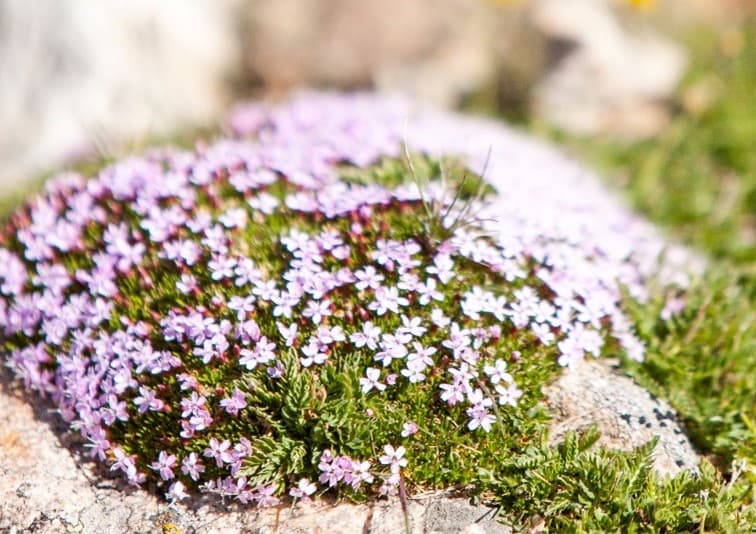
Microclimates
Every garden has a unique microclimate. In fact one side of a garden can have a different microclimate to the other side. Microclimates can be influenced by factors such as sun exposure, wind patterns, and slopes. These factors can create variations in temperature, humidity, and moisture levels that can affect the growth and health of plants.
Gardeners often talk about frost pockets. Cold air pools at the lowest point so it collects in valleys or dips from where it cannot escape. If you have a wall or thick hedge part way up a slope, it will prevent cold air from sinking lower. This could create a small frost pocket in your garden. Frost pockets have colder overnight temperatures and a more prolonged frost than other places. To minimize the impact of cold air on your garden, try to design it in a way that doesn’t impede or trap the downward flow of cold air, particularly if you have sloping ground.
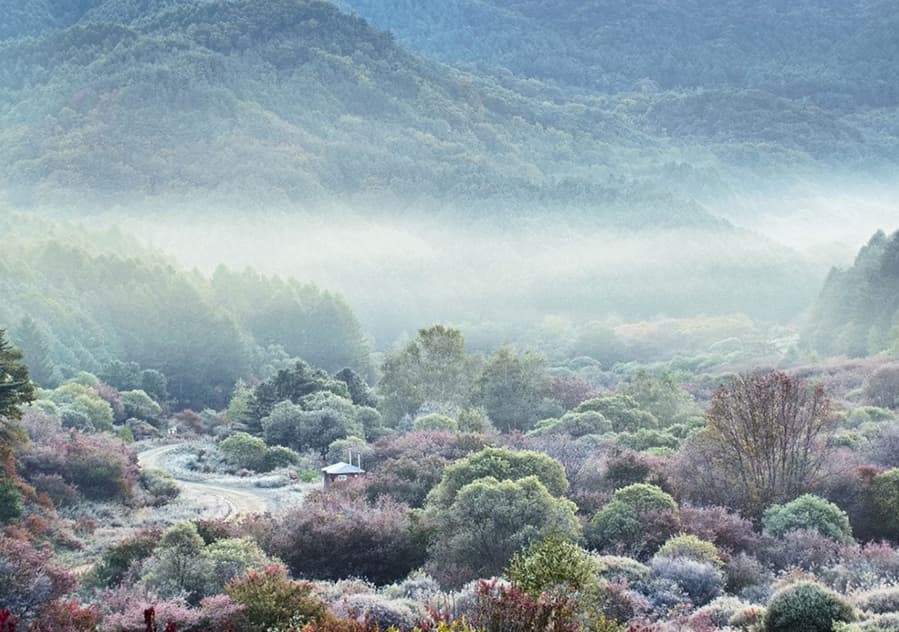
You can use hedges, fences, and walls to your advantage by placing them strategically. They can safeguard your plants from strong winds or create sheltered spots where plants that would otherwise not thrive in the open can grow. South-facing walls are especially useful because they absorb heat during the day and release it at night. This can keep the surrounding air several degrees warmer, providing much-needed warmth for your plants on cold, frosty days.
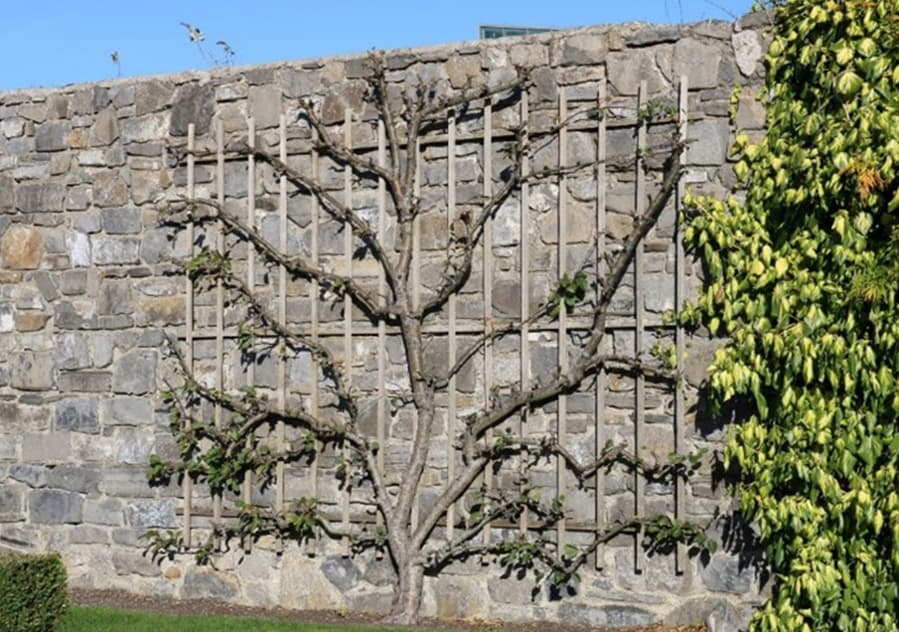
It’s worth noting, however, that structures such as walls can also cast shadows. This can result in ground being in permanent shade and remaining frozen, even if the daytime temperature rises above 0°C.
How to Protect Plants in Winter
During winter, it is important to protect your plants to ensure their survival. You will need to think about winter protection as soon as the first frosts are predicted and plan any action you need to take. Here are a few helpful tips to safeguard your plants:
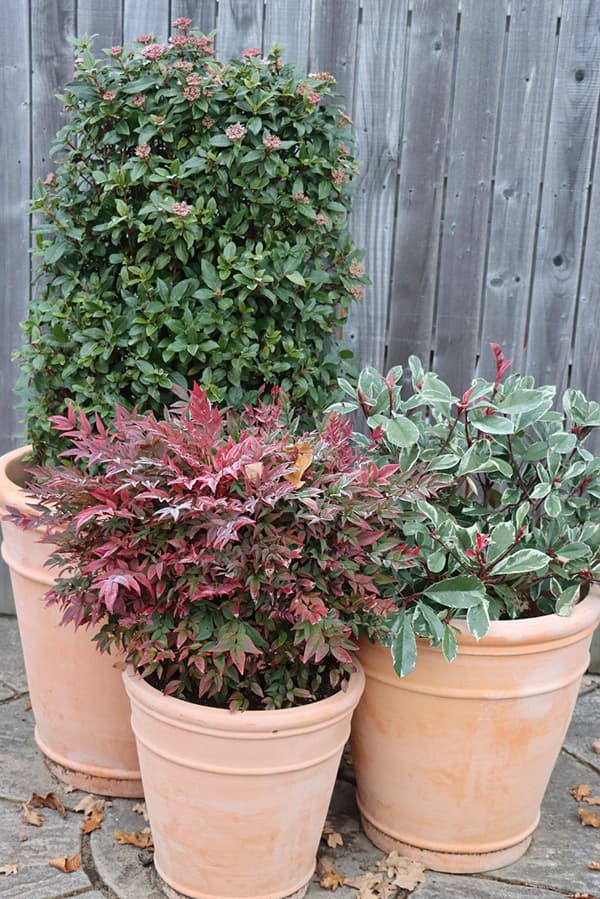
Raising pots on pot feet allows excess rain to drain out and prevent waterlogging. You could also move pots to a more sheltered position and group them together for mutual protection.
The roots of potted plants are more susceptible to cold temperatures. It is a good idea to wrap the pots with fleece or bubble wrap to provide insulation for the roots. You may need to wrap the branches of the plants too.
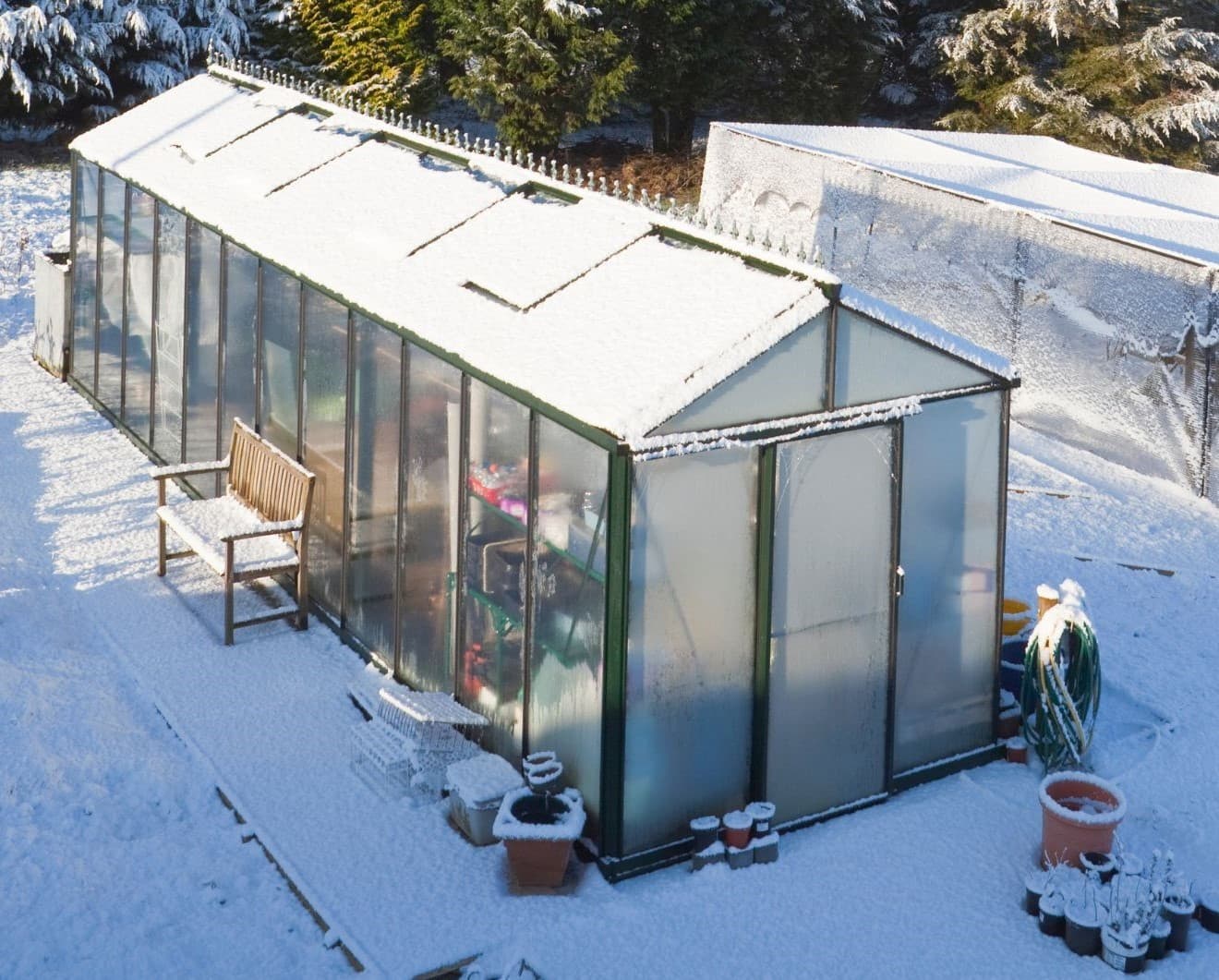
If you have tender plants, consider moving them indoors to a greenhouse or conservatory to shield them from frost.
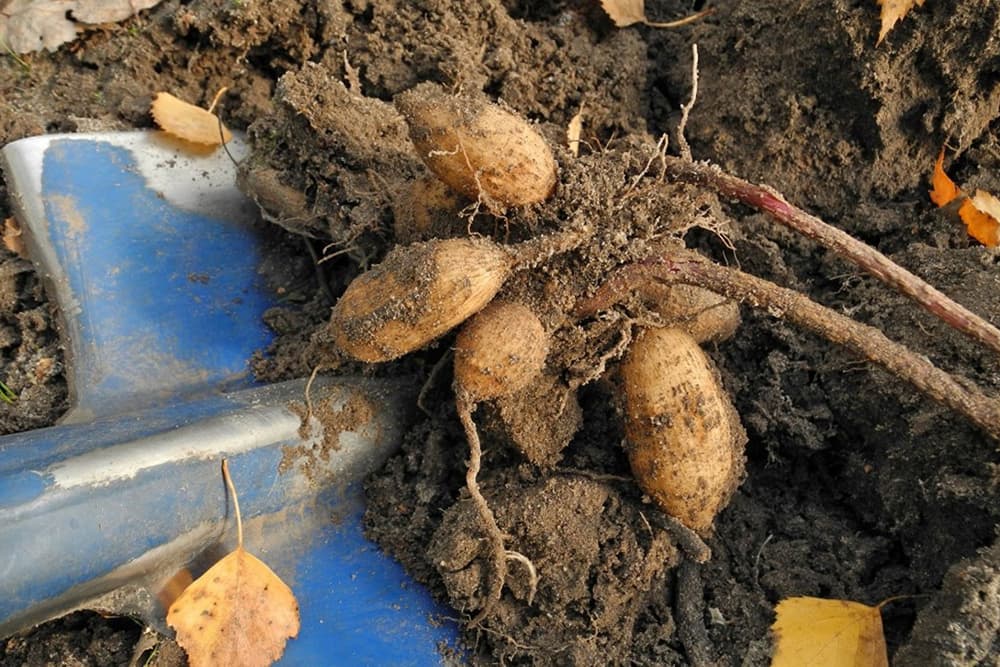
Plants such as dahlias or begonias have vulnerable tubers. In milder, dryer areas, cover the ground with a thick layer of dry organic mulch, such as compost or straw, to provide insulation. In colder areas or places which are likely to become waterlogged, dig them up. Store the tubers in dry sand or old compost or newspaper in a frost free place.
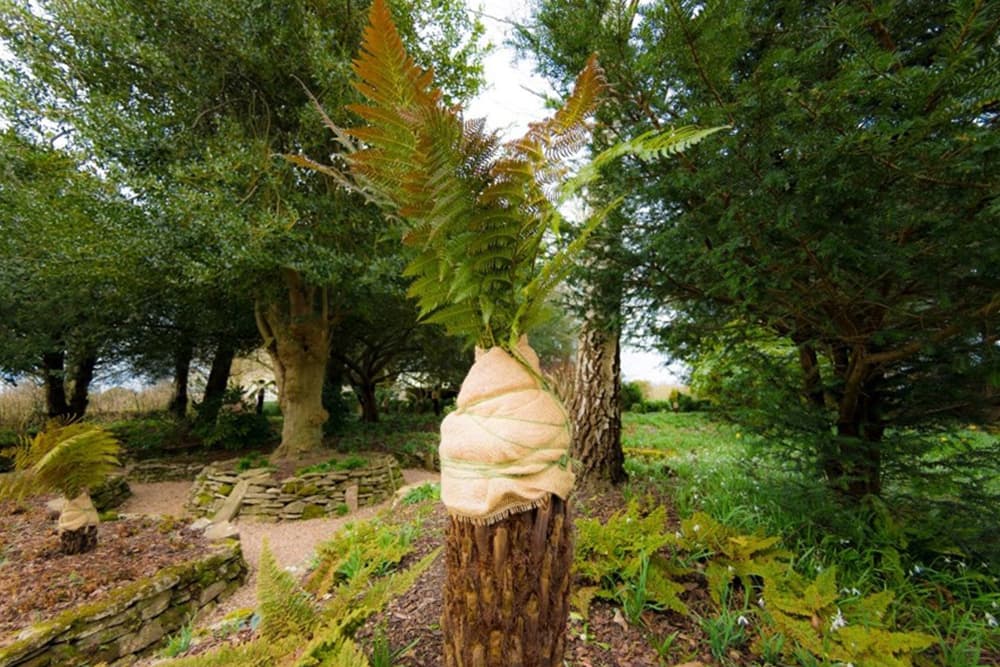
For tender plants that cannot be moved easily, like tree ferns, they will need to be wrapped as soon as frost is predicted. Wrap with fleece, hessian, bracken or straw. Do not use bubble wrap as that could cause condensation inside the wrappings, leading to rotting.
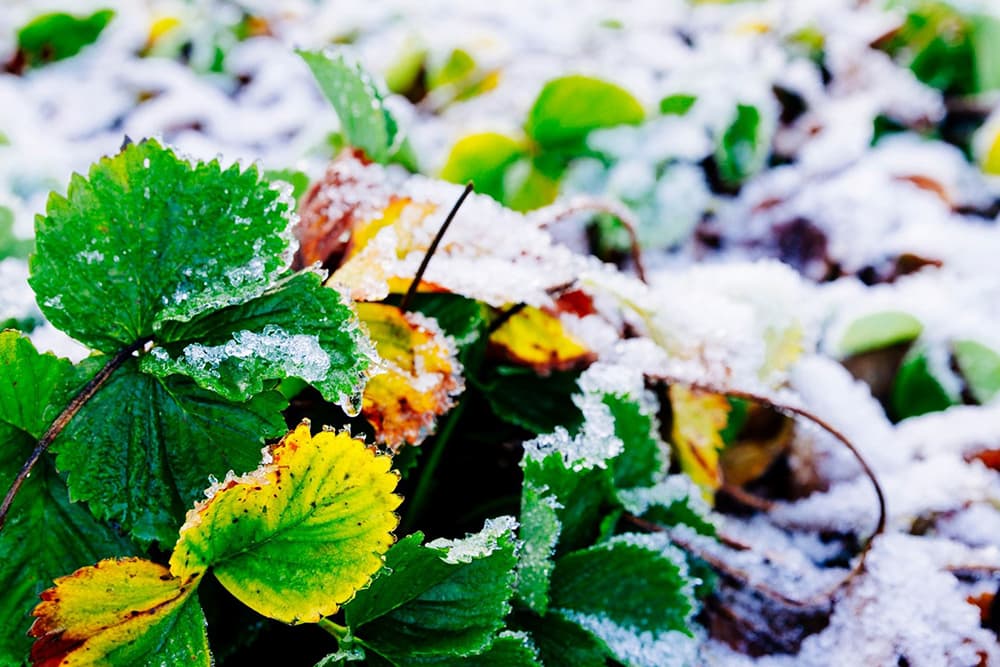
Strawberry plants have a hardiness rating of H6 and like to be frosted over winter. The flowers do not like to be frosted so protect them if a late frost in predicted in April.
These precautions will help ensure that your plants survive the winter and thrive when the warmer months return.
All hardiness ratings given on our website are accurate to the best of our knowledge. It is important to understand that these ratings are only intended to serve as a guide for predicting what plants will grow in your garden. To make informed decisions, it is necessary to consider your unique microclimates. If you are new to gardening, we recommend that you start with trees, shrubs, and perennials with hardiness ratings of H4 or above. These should be able to survive being planted in the ground through most of the UK, except during severe winters.
You can type in a hardiness rating, H5 for example, to the search bar on our web shop https://www.tatesofsussex.co.uk/ and it will give you a selection of plants that we have in stock at that rating.
By our resident horticultural expert





